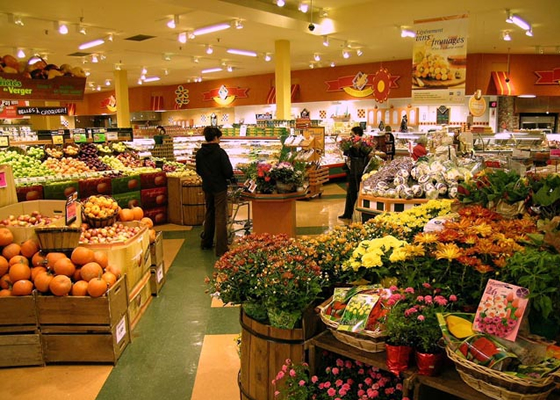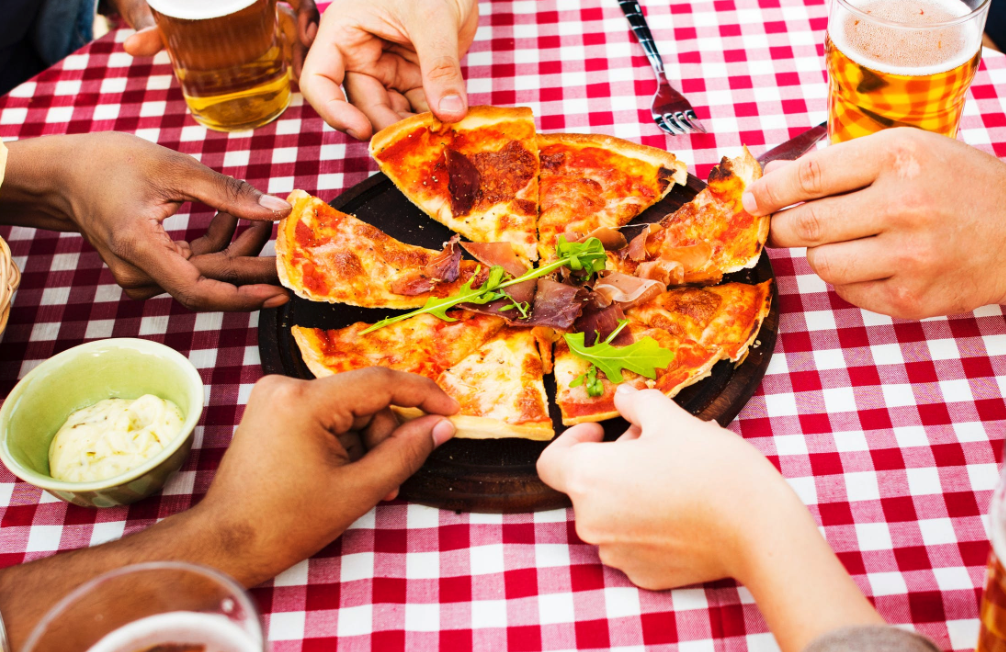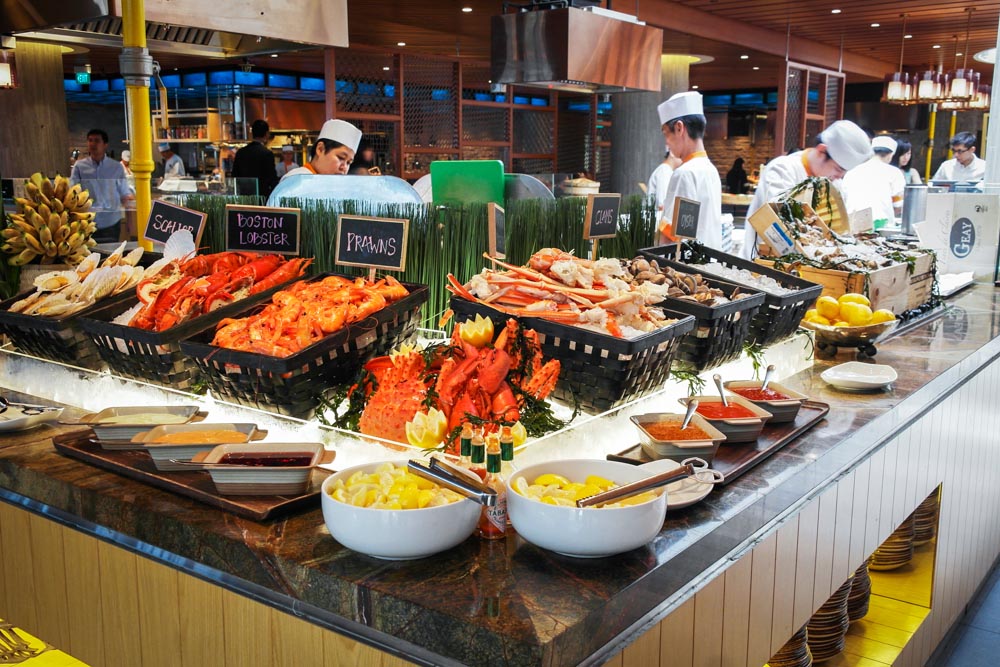All retailers have a responsibility to their customers, whether that is to provide a product which suits their needs effectively or to keep them safe from danger whilst enjoying the use of the products that they sell.
1. Choosing the Right Products
Whether you are in the business of manufacturing items for sale using components produced by a third party, or source items for resale via your sales channels, it is important to know exactly what you are selling to your customers. Using sub-standard parts in an item can cause it to fail in the same way that a product sold complete might not withstand normal use if it hasn’t been well designed. For food retailers this has extra importance, as the contents of the food they produce could be fatal to the customer if they are not prepared, stored and served correctly. Using ingredients from unknown sources or using products which are towards the end of their shelf life might save money in the short term, but could have costly repercussions if the end product is not fit for consumption.
2. Putting Quality First
Whilst cost is always a consideration, this should not be at the expense of quality, especially when it comes to producing and packaging food items. Choosing a supplier who can offer you produce which can be traced to its source is ideal, but ensuring that everything you use conforms to relevant legislation and has been prepared according to applicable safety standards is also important. Whilst not every supplier is trying to produce items which are the very highest quality, ensuring that the minimum standards are being met is vital and if they can be exceeded them this is a bonus. Food retailers should also consider the way they pack and transport their goods. There is no point using the finest ingredients and top recipes if the food itself will be transported in sub-standard conditions which could cause the content to deteriorate. Packaging solutions should take into account the products being packed, how they will be stored by both the producer and the customer and the method of preparation which will be used by the purchaser.
3. Build Quality into your Process
Whilst it may seem as though keeping costs down is a primary consideration for any retailer, there are areas in which spending a little extra money can reap rewards which far outweigh any outlay. There are plenty of ways in which you can save money which don’t involve compromising on quality and taking risks with the safety of your products is never an acceptable way to save money. Efficiency in both planning and production can make a huge difference to the ultimate cost to produce your finished products and these areas can be streamlined and improved without needing to compromise on the core elements of your process. Maintaining a workspace which is both sanitary and safe should be a top priority for both the company owners and their staff. If everyone working in a food preparation environment is well trained and committed to safety, then it should be possible to eliminate almost all risks.
AUTHOR BIO
Karly Staley writes about all aspects of the food industry, from sourcing suppliers to advising on a wide range of packaging solutions.





